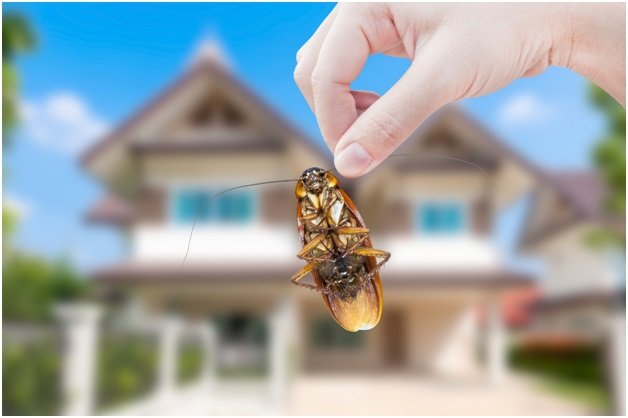Ever keep finding spiders, rodents, and other bugs or pests around the house even though you swear all your windows and doors are closed?
Don’t worry, it’s more common than you think. What’s likely happening is that pests and bugs are entering your home from small cracks or openings that aren’t immediately visible.
How do you get rid of these spots? We think the best way is by air sealing.

But Googling “how to seal my house from bugs” might not get you the right information. In this article, we’re going to outline why home sealing is effective, as well as air sealing tips to keep bugs and pests out of your home.
How Sealing Protects From Bugs and Pests
Sealing parts of your home prevents entry points for bugs and other pests from coming in. There are so many places where tiny insects and wildlife can sneak into your home, but not if those spots are sealed.
Many of these potential cracks are hard to find. Whether it’s a torn screen, an unsealed window or even a small opening around a faucet can open the floodgates for spiders and other unwanted guests.
6 Tips to Keeping Bugs and Pests Out with Air Sealing
Now that we’ve outlined why air sealing is important for bug and pest protection, let’s go over a few tips on how to do it effectively. If you plan on air-sealing your home to keep critters out, you ought to do it the right way.
-
Carefully Identify Problem Areas
You probably don’t realize how many problem areas exist in your home. Check your house carefully for cracks and openings that might be allowing pests to get through.
Windows, doors, roofs, foundations, crawl spaces, and attics are all hot spots for potential invasions. Make sure you get rid of fleas and other pests as you find these problem areas as well or you may get help from Power Pest Control.
-
Caulk Small Areas
Weatherproof silicone caulk is readily available and is the best solution for smaller cracks. Leverage caulk for windows and doors to keep both pests and water out of your home.
-
Fill Gaps with Steel Wool and Foam
You might have larger gaps and holes, in which case you should use steel wool and foam. This acts as a base layer for you to place polyurethane foam over.
Steel wool and foam are great for keeping rodents and insects from chewing the polyurethane away.
-
Leverage Fine Wire Mesh for Bigger Openings
Chimneys, crawl spaces, and attics are notoriously hard to seal. We recommend using fine wire mesh for these spots, as the small mesh will keep animals like raccoons and foxes while allowing smoke or air to keep circulating.
-
Keep Ventilation in Mind
Remember that over-sealing your home can prevent your ventilation systems from working properly. This can cause dangerous gases and water to build up, leaving you with more to worry about than just pests.
We recommend talking with an HVAC professional to clear this up.
-
Watch Electrical Outlets
You might have to remove a plate from an electrical outlet to seal something. Be extra careful, as stuffing the boxes with caulk can be a fire hazard. You can alternatively just place caulk around the plate instead of removing it.
Leverage Air Sealing to Keep Your Home Pest-Free
Home sealing for pest control is an effective way to keep you and your family away from unwanted guests. Leverage this guide to find out how you can air-seal your home effectively. If you ever need to eliminate bugs and pests in your home, using commercial grade DIY pest control can be a great option.
For more articles on home improvement and other topics, check out the rest of our site!




